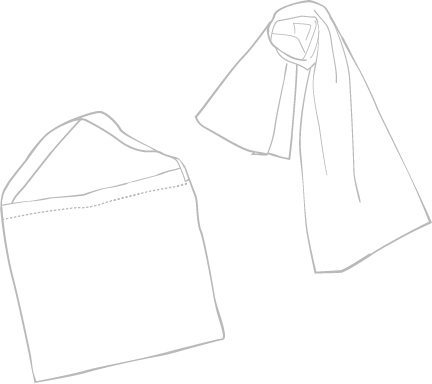updated information
Summer is in full swing!
Refreshing and
Colorful Collection
In addition to SOU-SOU summer standard materials such as Takashima Shrink and Chita Cotton, we also have cool looking lace fabrics and the simple yet beautiful Kurume Kasuri. We hope you will enjoy this "midsummer Collection".
DressOne-piece Dress

The colorful pattern Burst,
a dress made of refreshing material.
a dress made of refreshing material.
Top

Breathable and comfortable
Cool summer tops.
Cool summer tops.
Jiban

Exceptional comfort
Tops in Japanese style
Tops in Japanese style
Bottom

With a multitude of silhouettes,
Style-defining summer trousers.
Style-defining summer trousers.
OthersAccessories

Accenting your outfit.
Traditional & pop items
Traditional & pop items
Kyoto YukataModern yukata

Dignified style.
A stylish and pop Kyoto Yukata.
A stylish and pop Kyoto Yukata.
Chita Cotton
Chita Peninsula traditional textiles
Chita cotton began to be woven in the Chita Peninsula of Aichi Prefecture during the Edo period. Even today, shuttle looms built in the Meiji era are still in use in this area, slowly weaving the fabric. The fabrics being woven are mainly small width fabrics, up to about 50 cm in width. These high-quality small width fabrics, which are indispensable to the Japanese clothing culture, support the traditional beauty of the country.

Traditional fabric since the early Edo period
The history of Chita cotton began in the early Edo period, and it is said to have spread as the highest quality cotton. Since the introduction of the Toyota power loom developed in the Meiji era, Chita cotton has had the longest history with the loom in Japan.

Secret of soft texture
The shuttle loom weaves the cloth slowly, so it does not put too much stress on the cloth, which creates a unique soft texture. In addition, the tightly aligned ears of the fabric are strong and supple. The surface of the finished fabric is also very beautiful.

Commitment to Japanese bleaching
Bleaching is the process of removing impurities from the woven fabric. The Japanese bleaching process, which takes two to three days in a kettle with a gentle flow of water, does not put unnecessary stress on the fabric and makes it soft and absorbent.
































































































































































































































































































